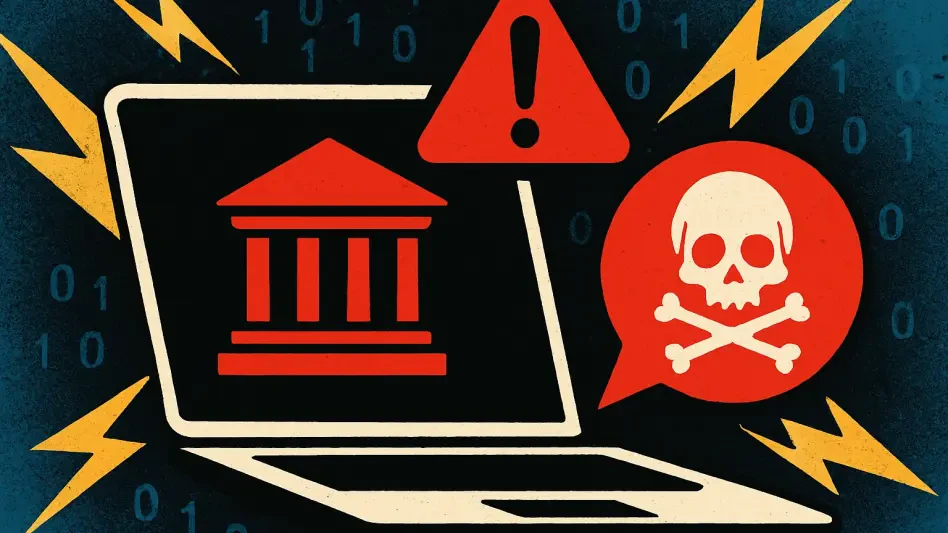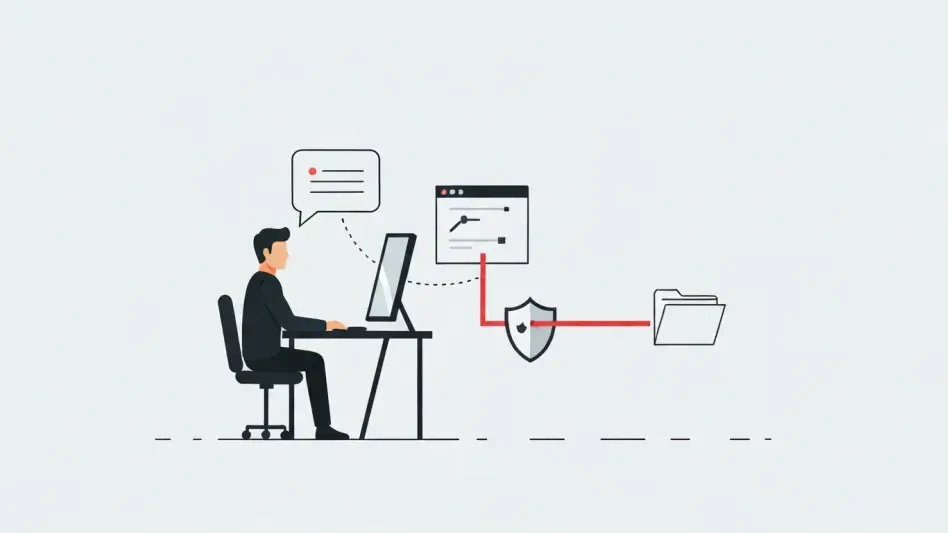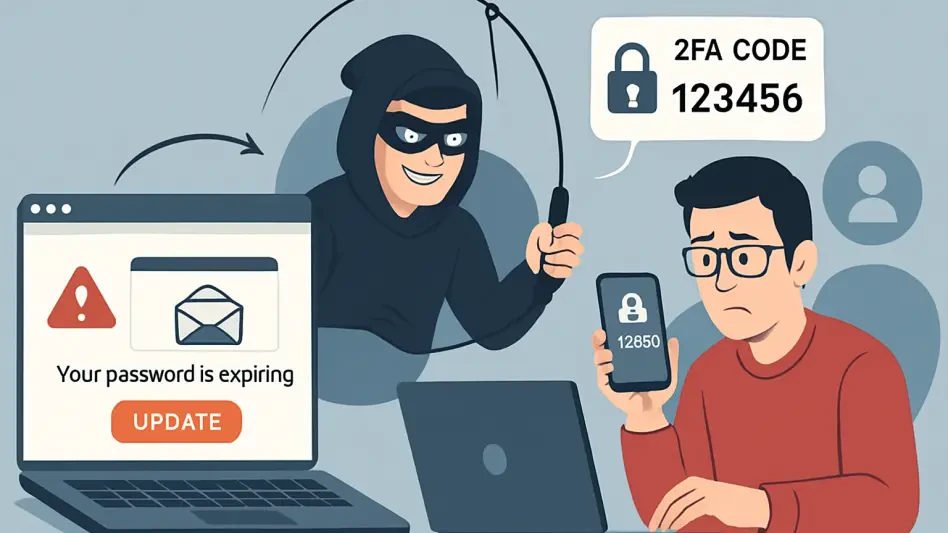A single hurried tap on a phone screen, where “rn” blends into “m” at a glance, was all it took for thousands of inboxes to yield their Microsoft logins before anyone realized a swap had slipped past the eye. The sender line looked routine. The subject carried a familiar urgency. On mobile, condensed fonts and dark mode tucked the difference into the noise of a crowded notification bar.
That is how messages from [email protected] slid into view, framed in Microsoft blue, speaking fluent security. Password resets, suspicious sign-in alerts, and verification notices arrived with polished footers and legal language, nudging recipients toward a login page that felt right because everything around it looked right.
Why this scam matters beyond a single click
Microsoft accounts sit at the center of daily work: Outlook, OneDrive, Teams, and single sign-on connect dozens of tools. One compromised credential can cascade into mailbox rule abuse, internal phishing, and data theft, turning a tiny visual trick into an operational problem with real costs. In many incidents, the time lost to containment and cleanup exceeded the apparent simplicity of the lure.
This campaign also marked a broader shift. Attackers leaned less on software flaws and more on cognitive shortcuts, using typosquatting and homograph swaps that exploit rapid, pattern-based reading. The increase in small-screen use amplified the effect, because subtle character pairs—“rn” for “m,” “l” for “I”—became nearly indistinguishable at a glance.
Inside the inbox bait and the fake sign-in
The emails looked familiar on purpose. Logos were crisp, headers were balanced, and support wording mirrored official notices. “Your password expires today,” “Unusual sign-in detected,” and “Verify your account” pushed recipients to act now, a tactic designed to compress decision-making. The effect was strongest on phones, where truncated sender lines hid the tell.
On click, victims met a convincing HTTPS page that echoed the Microsoft design system. The form captured usernames and passwords, then, in some cases, prompted for one-time codes to bypass multi-factor protections. Fresh lookalike domains appeared in rotation, slightly altered each time to frustrate reputation-based filtering and takedown efforts.
What experts and frontline teams report
Threat researchers traced clusters of lookalike domains to shared infrastructure, a sign of coordinated planning rather than random copies. “This is perception hacking that scales,” said a senior analyst at a global security operations center. “It beats filters by looking correct, not by breaking anything.” Another practitioner noted a spike in prompt-bombing attempts that followed credentials theft, aiming to fatigue users into approving second factors.
Security teams observed that layered defenses blocked portions of the wave, yet outcomes still hinged on user vigilance. Password managers helped by refusing to auto-fill on impostor domains. However, analysts stressed that vigilance had to include a clear habit: scrutinize the exact domain, not just the brand elements, and navigate directly to account portals instead of email links.
Steps that actually reduce risk
The most reliable routine was simple: pause, inspect, verify. Pausing disrupted the urgency playbook. Inspecting meant checking the sender domain character by character—seeing “rnicrosoft.com” for what it was—and long-pressing links to reveal full URLs. Verification worked best by bypassing the email entirely, opening account.microsoft.com or an authenticator app directly.
Hardening measures complemented that habit. App-based MFA or passkeys lowered the payoff of stolen passwords. Login alerts and periodic checks of sign-in logs surfaced anomalies early, while mail rules reviews caught stealthy forwarding traps. Enterprise teams added brand monitoring for lookalike registrations and trained staff with mobile-first drills that highlighted tricky pairs such as rn vs m.
What the past wave taught, and what should come next
This campaign underscored that human perception, not software, had been the primary battleground, and that small-screen reading compressed attention in exactly the way attackers wanted. The most effective responses blended user habits with guardrails: direct navigation for any account action, password managers that refuse impostor domains, and MFA choices that resist token theft and prompt fatigue. Organizations that rehearsed a one-click “report phish” path and tracked lookalike domains narrowed exposure windows and shortened cleanup cycles. In the end, careful domain inspection, quiet verification, and measured urgency became the practices that turned a deceptive pair of letters back into an obvious tell.








